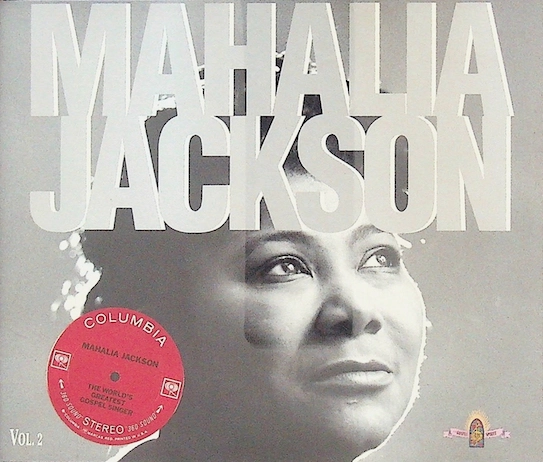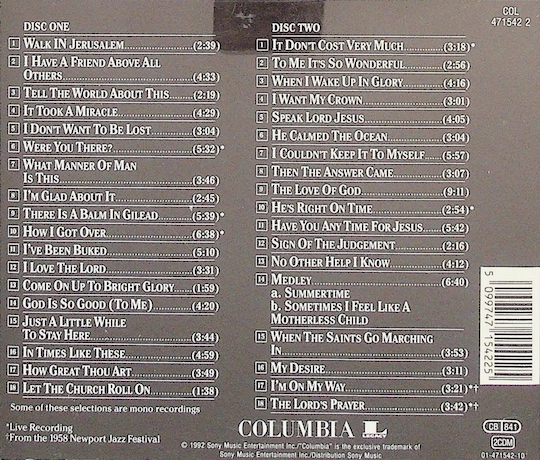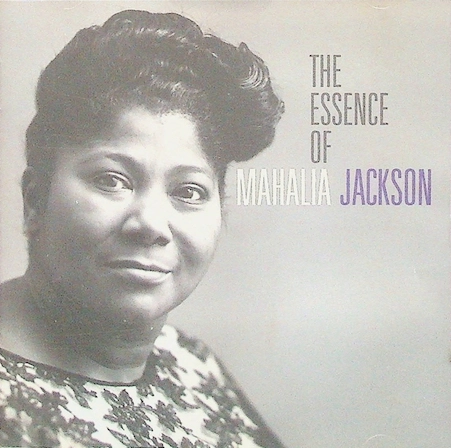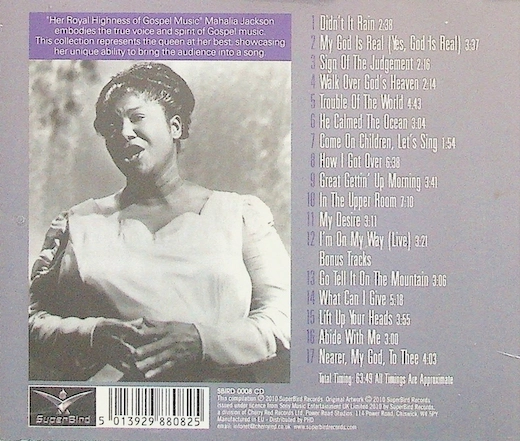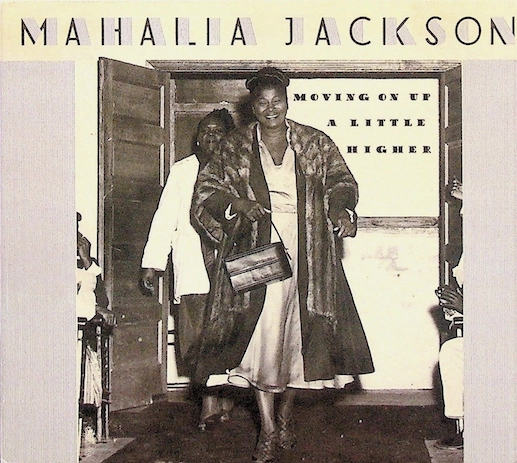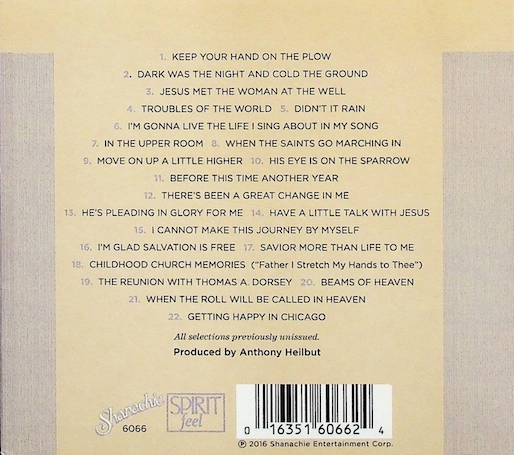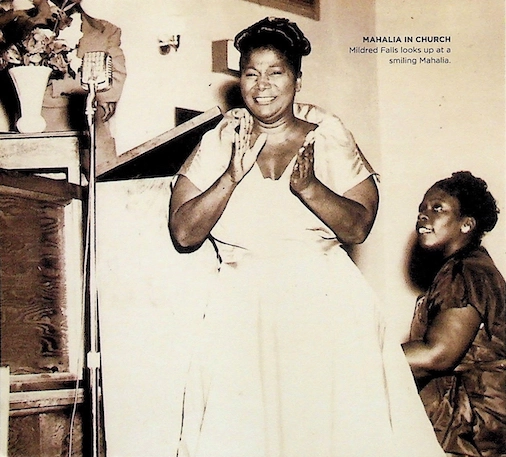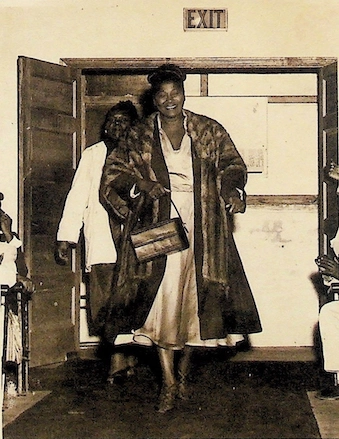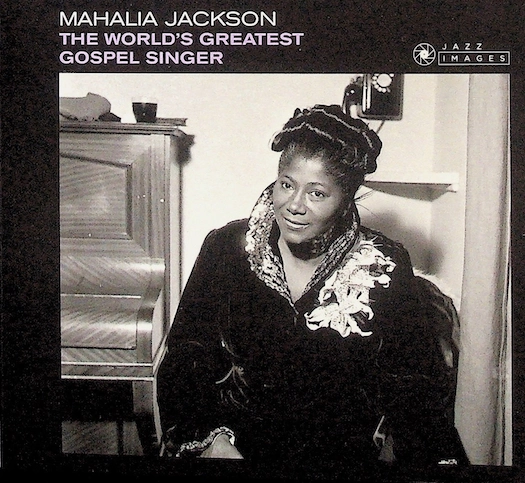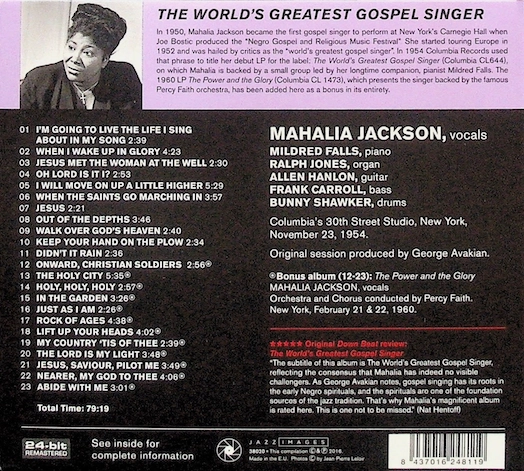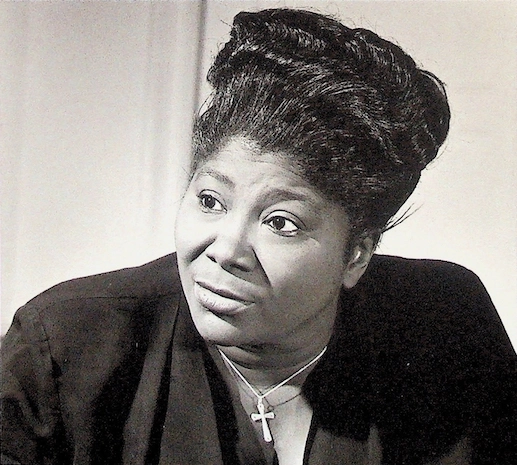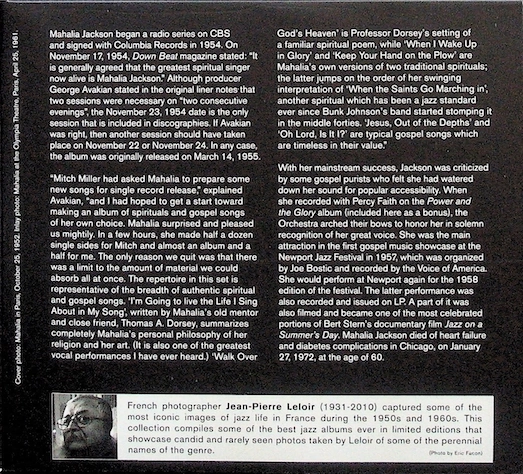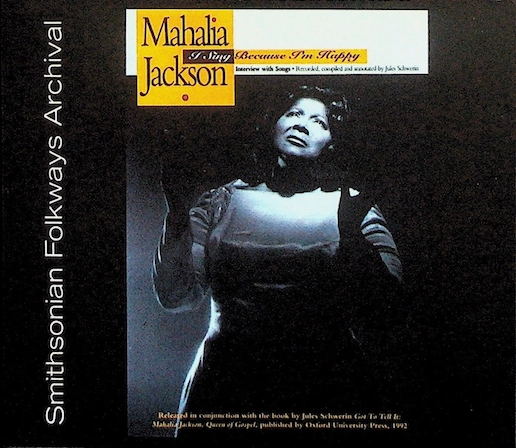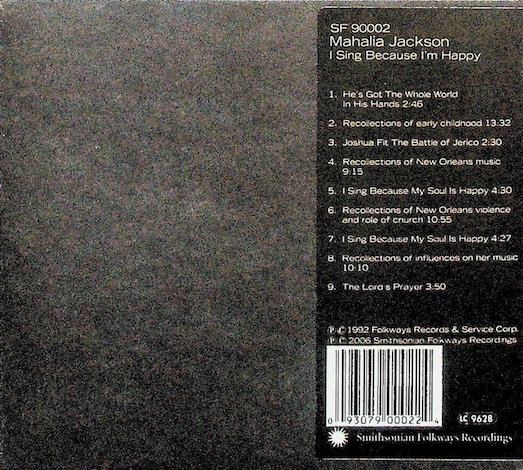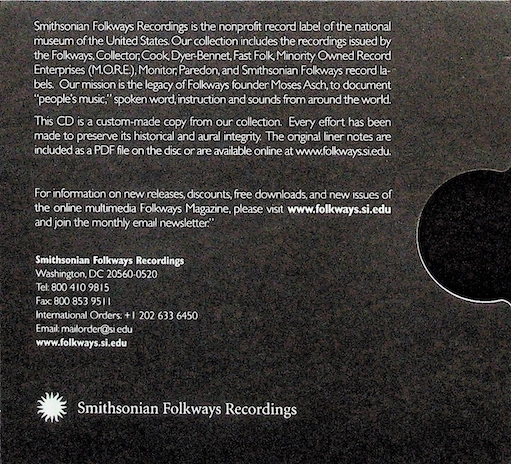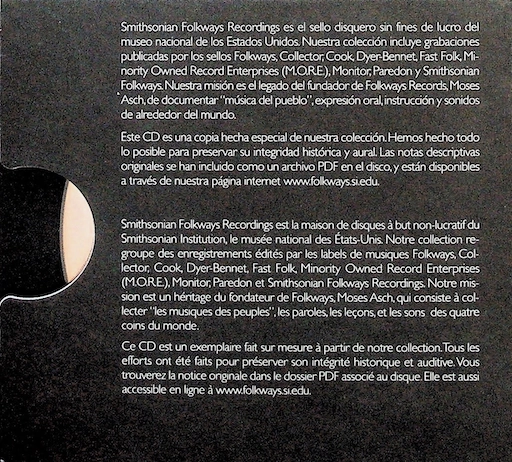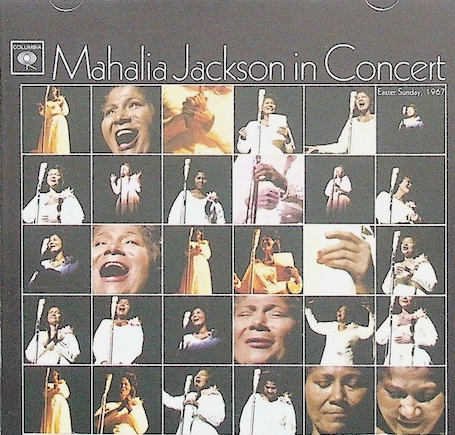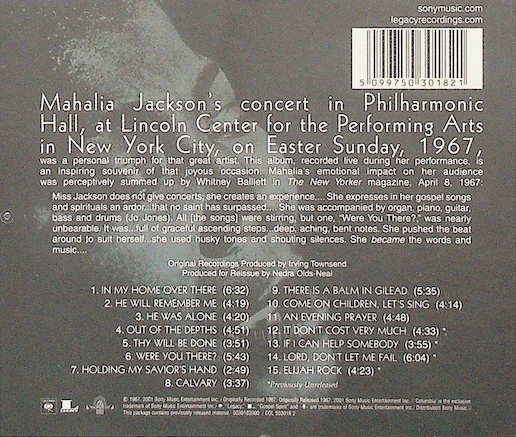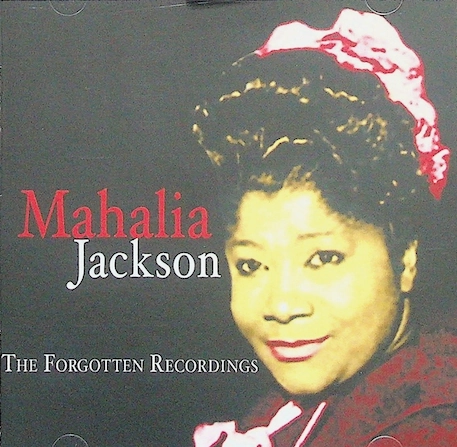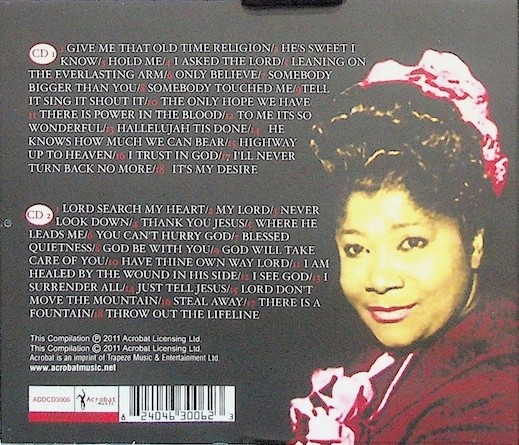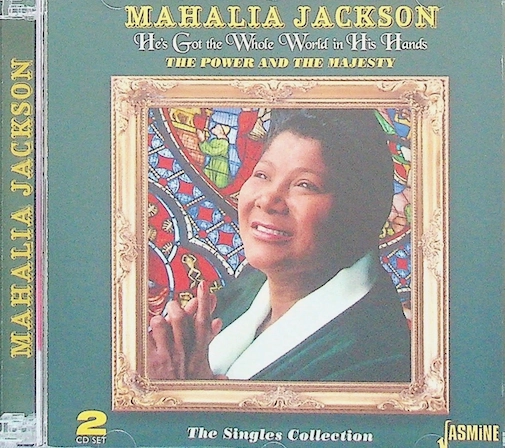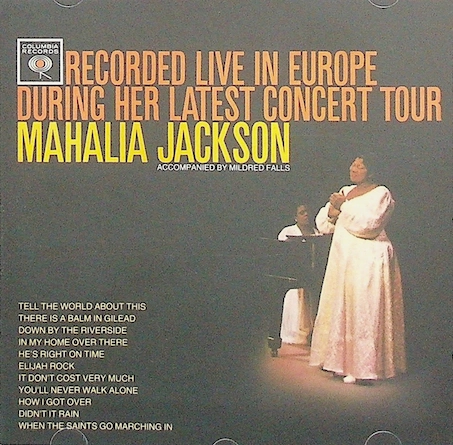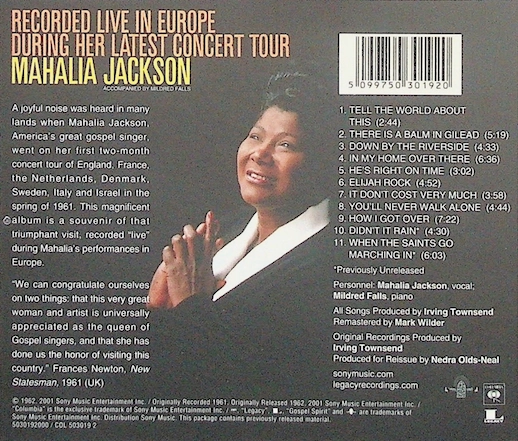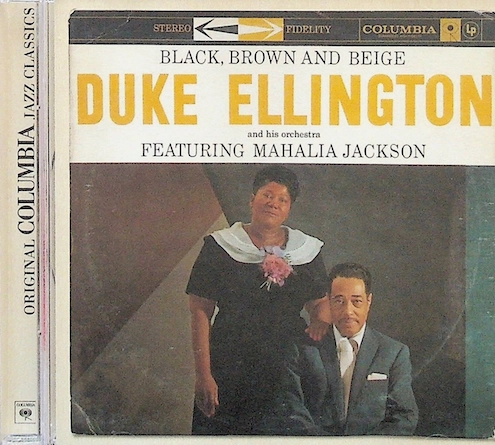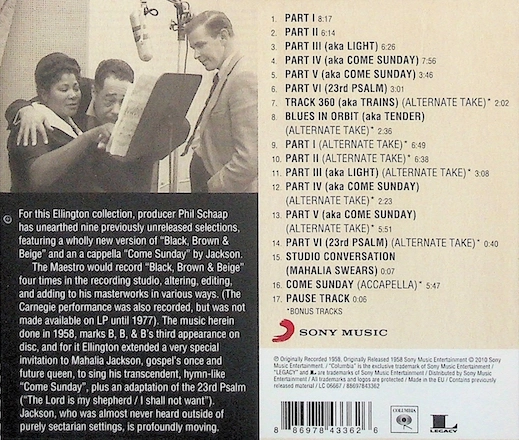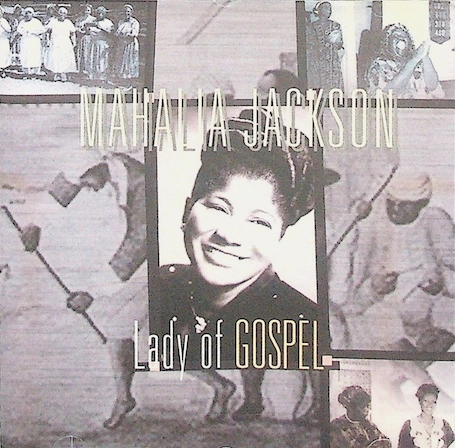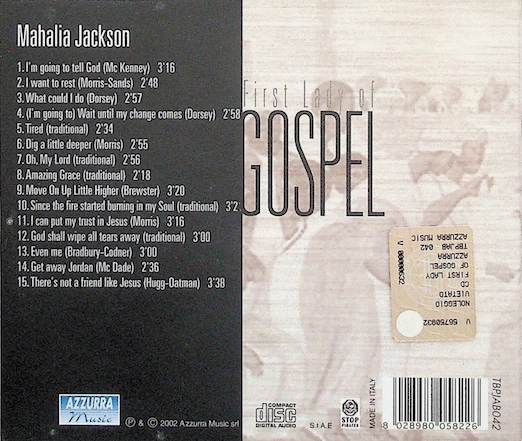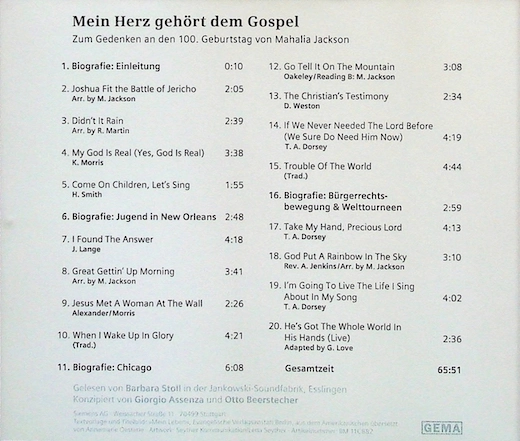The compact disc (CD) is an optical data storage medium that was introduced in the early 1980s by Philips/PolyGram and Sony as the first digital audio recording medium, replacing the analog music cassette and vinyl record.
Development and introduction
The compact disc was unveiled to the world on April 15, 1981, in Salzburg by Philips, Sony, and Polygram. Industrial production began on August 17, 1982.
In 1982, Sony launched the first commercially available CD player (Sony CDP-101). The CD quickly became popular and replaced vinyl records and music cassettes in the following years.
How it works
The way a CD works is based on optical technology. Digital data is encoded in tiny indentations (called "pits") and smooth areas (called "lands") on the surface of a shiny disc. When played, a laser beam scans the spiral data track as the CD rotates. The reflection of the laser beam is registered by a photodiode. When the laser hits a "land," it is reflected; when it hits a "pit," it is not. These differences in reflection are converted into digital signals and translated back into analog audio signals. Audio CDs record a non-data-reduced stereo signal using PCM (pulse code modulation) with a sampling frequency of 44.1 kHz and 16-bit quantization, which enables high audio quality and dynamics (approx. 98 dB). An error protection system makes audio CDs very resistant to errors.
Advantages and disadvantages. An eternal debate.
The introduction of the compact disc (CD) revolutionized the music world, but also sparked an ongoing debate about sound quality. On the plus side, CDs offer a number of technical advantages over analog media: they provide better sound quality because they are free of noise, crackling, and hissing, which makes for a clean listening experience. They also have a longer playing time and are characterized by their small size and ease of use. Their high fault tolerance thanks to digital error correction makes them less susceptible to reading errors caused by minor scratches or dust. In addition to the pure audio CD (CD-DA - Compact Disc Digital Audio), various other formats have been developed, which have expanded the range of applications.
Despite these technical advantages, there are also disadvantages, especially when compared to vinyl. Many listeners perceive the sound of vinyl as "warmer" and "more natural," which is often attributed to the lack of harsh frequency limiting and natural harmonic distortion. A major criticism of many CDs from the 1990s and 2000s is the so-called "loudness war": music is excessively compressed to achieve a higher volume, which significantly reduces the dynamic range. Vinyl pressings are often less affected by this development, which can result in a sound that is perceived as more dynamic.
Mahalia Jackson in connection with the CD
Since Mahalia Jackson died in 1972, she did not record any albums directly for the CD format. Her music was originally released on records, first on shellac and later on vinyl. Later, her extensive discography was re-released on this digital medium. After the CD became established in the 1980s, record companies began digitizing archive recordings by artists such as Mahalia Jackson and releasing them on CD. This allowed a new generation of listeners to experience her timeless gospel music in the improved sound quality of the CD and ensured that her musical legacy would be preserved.
A selection from my collection
